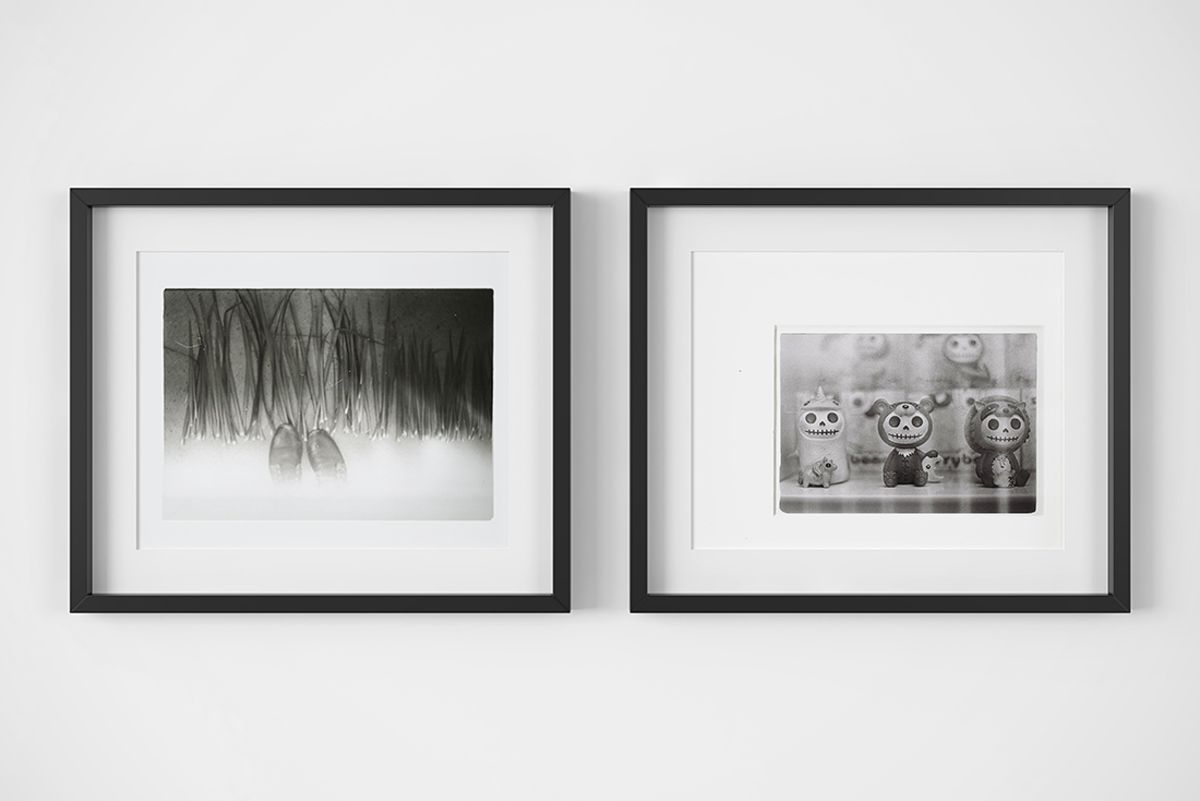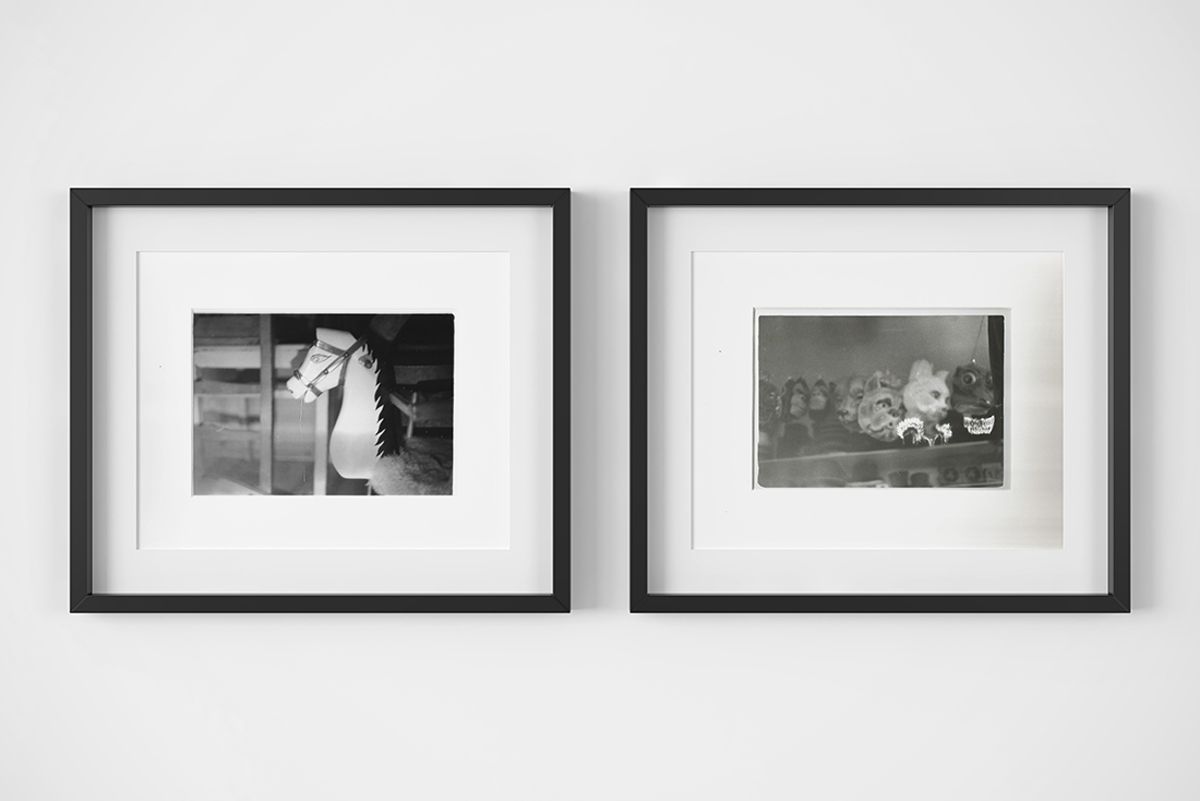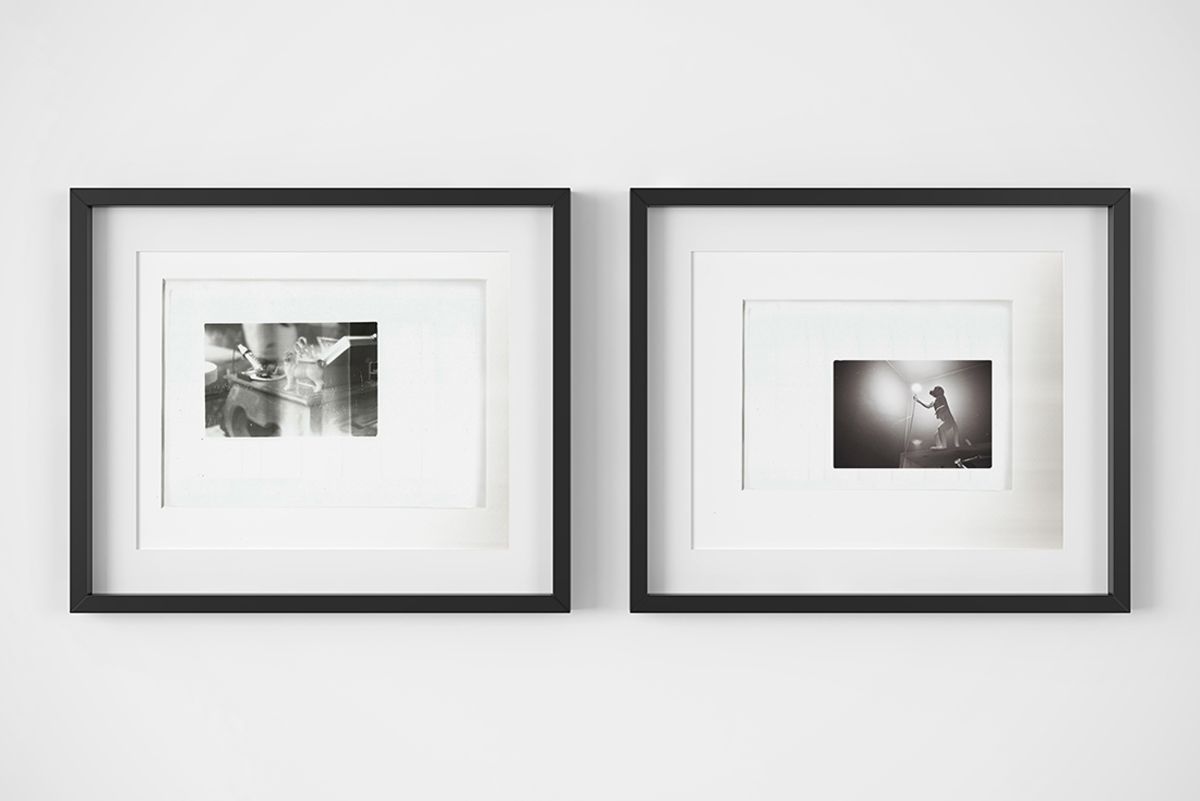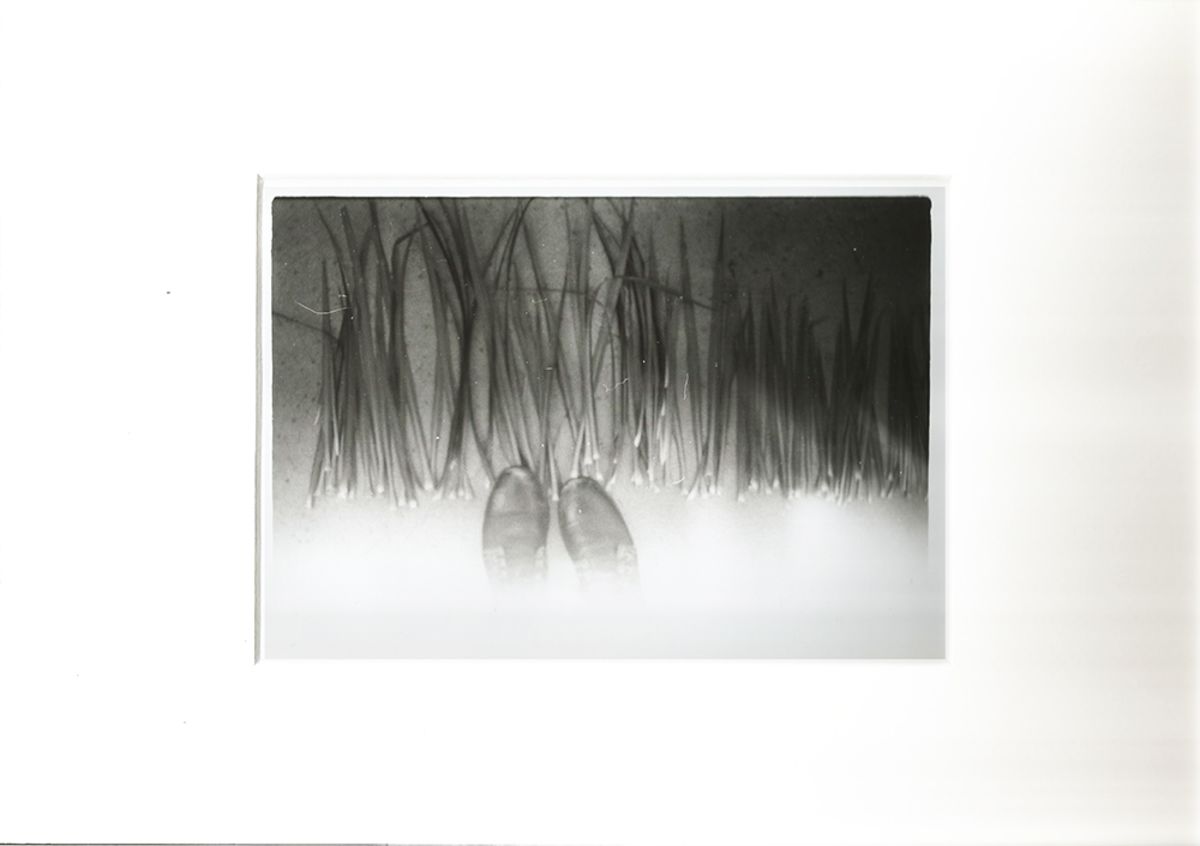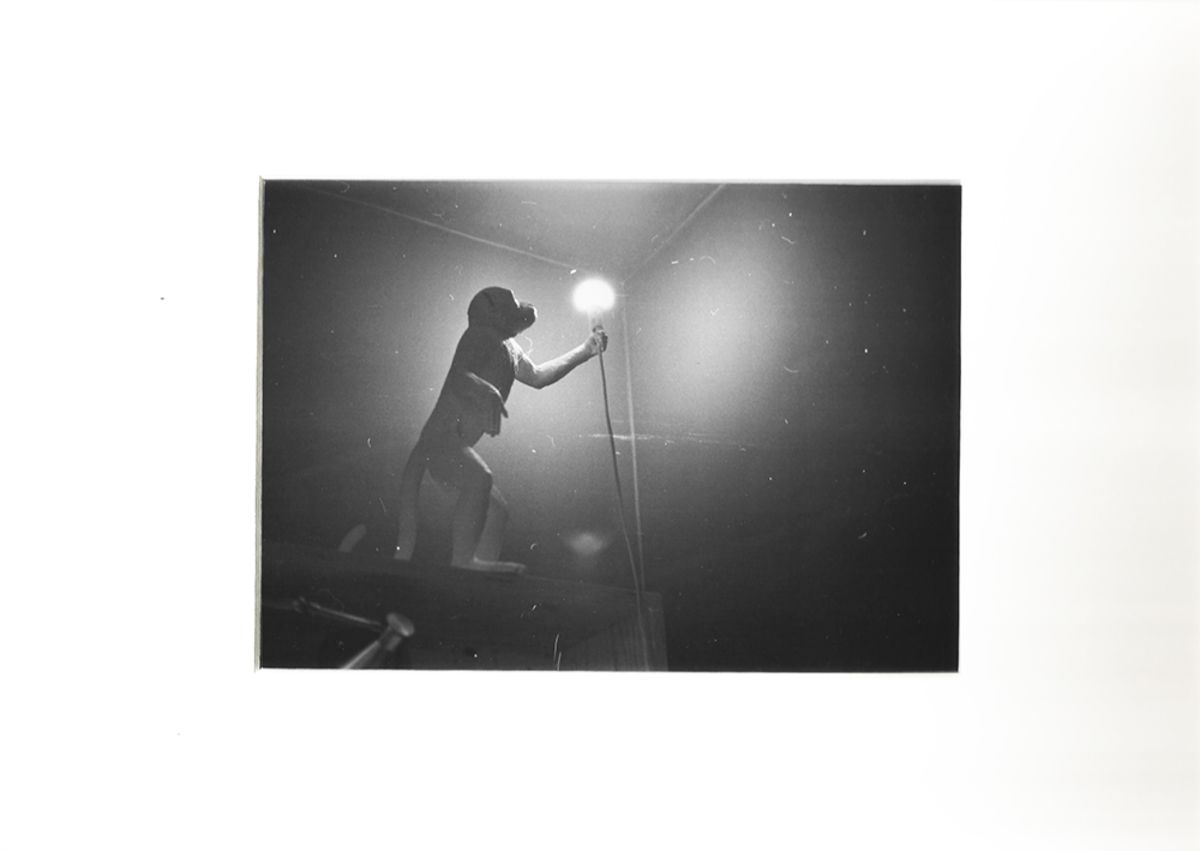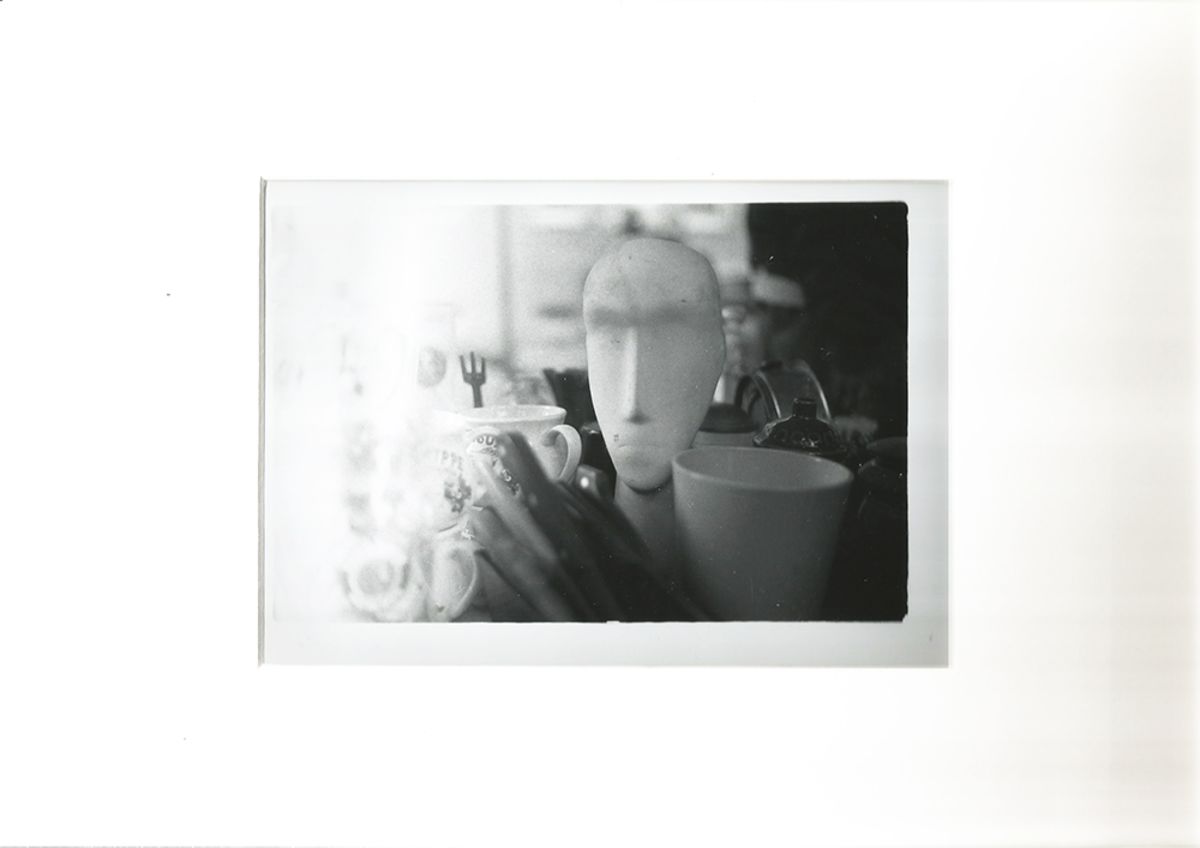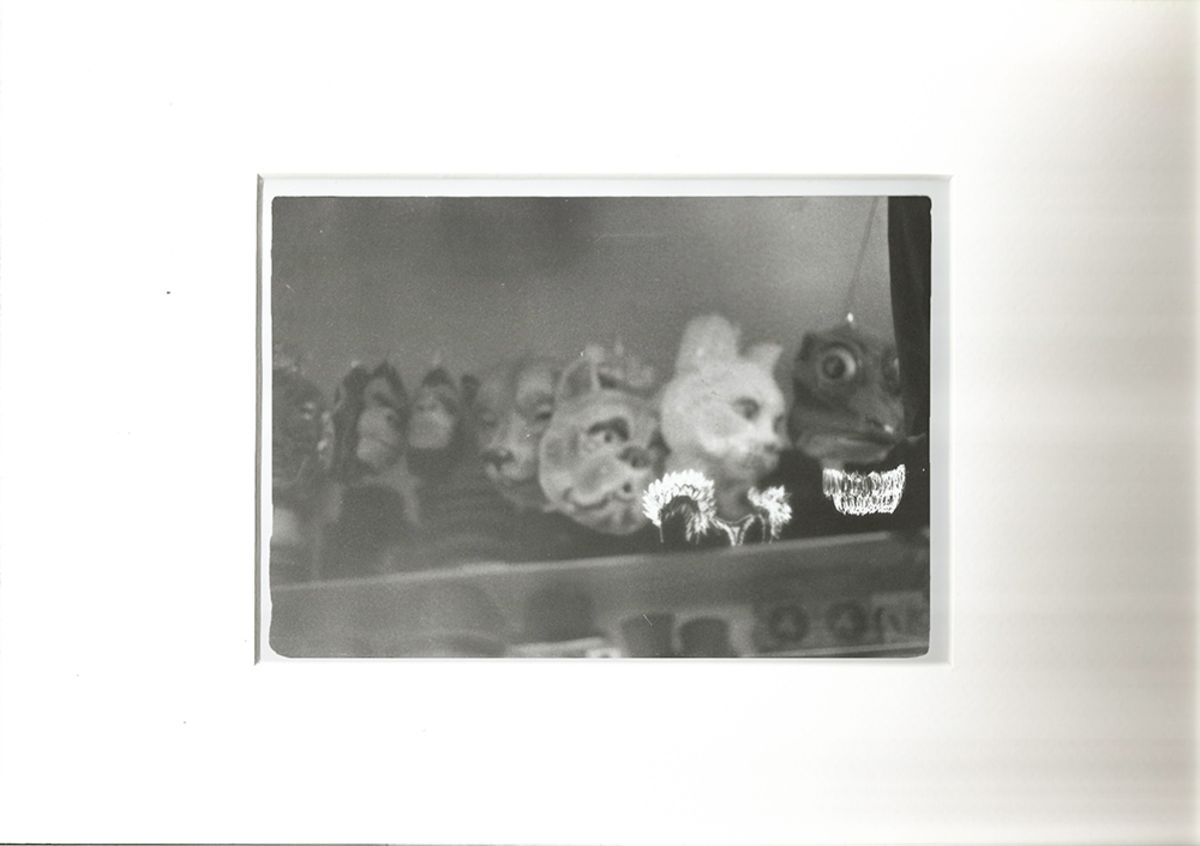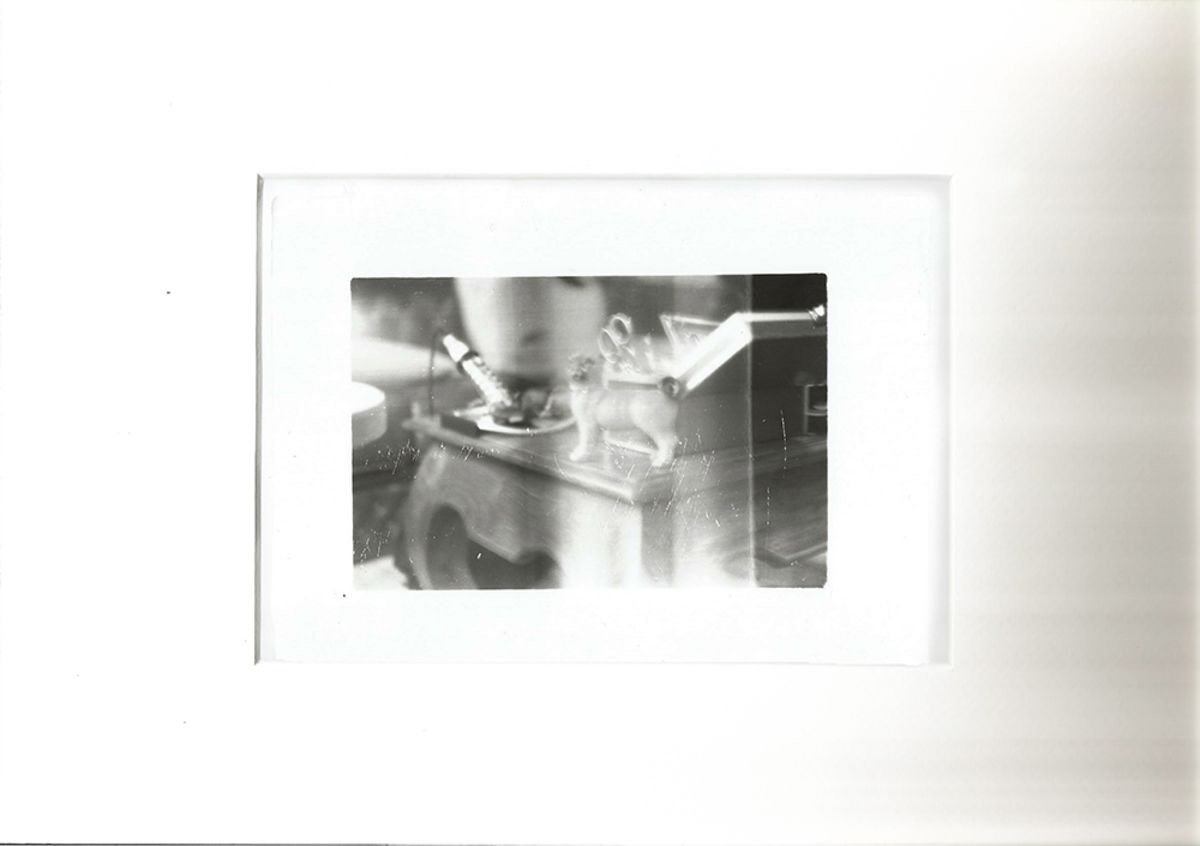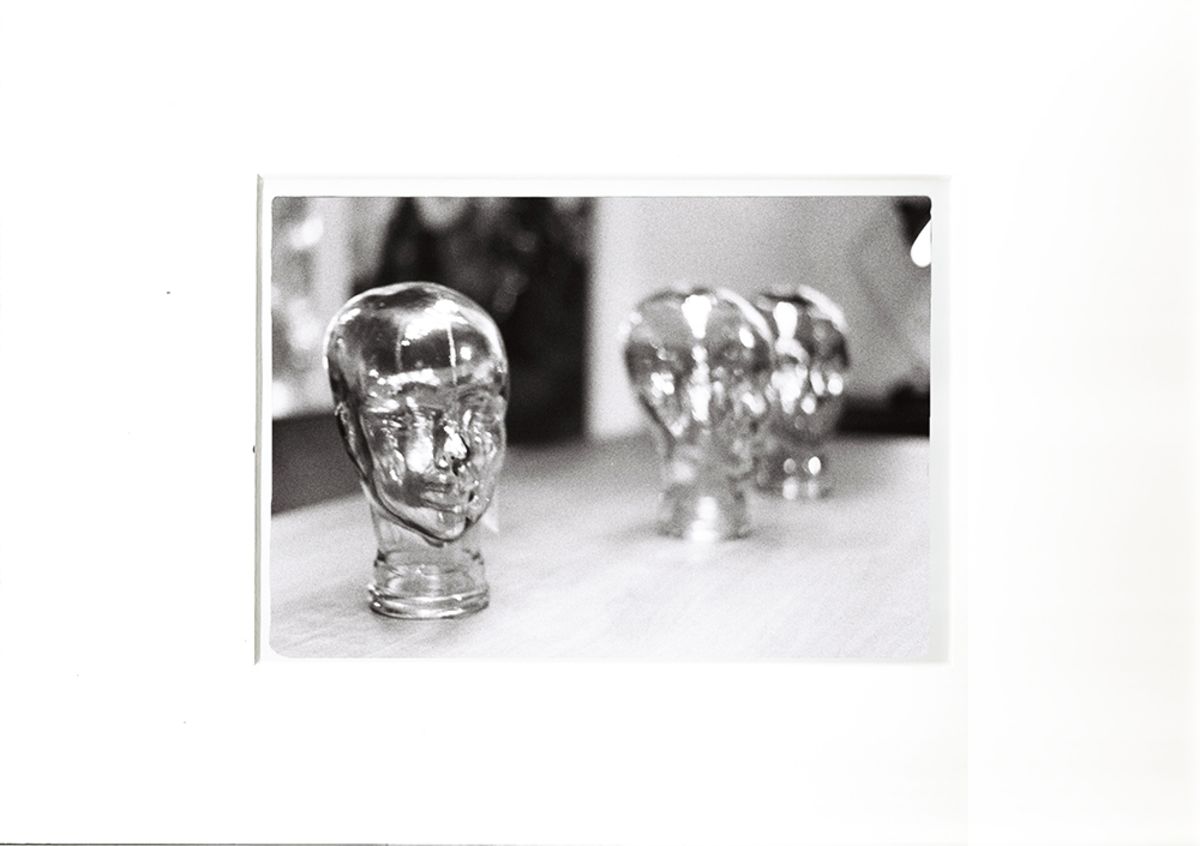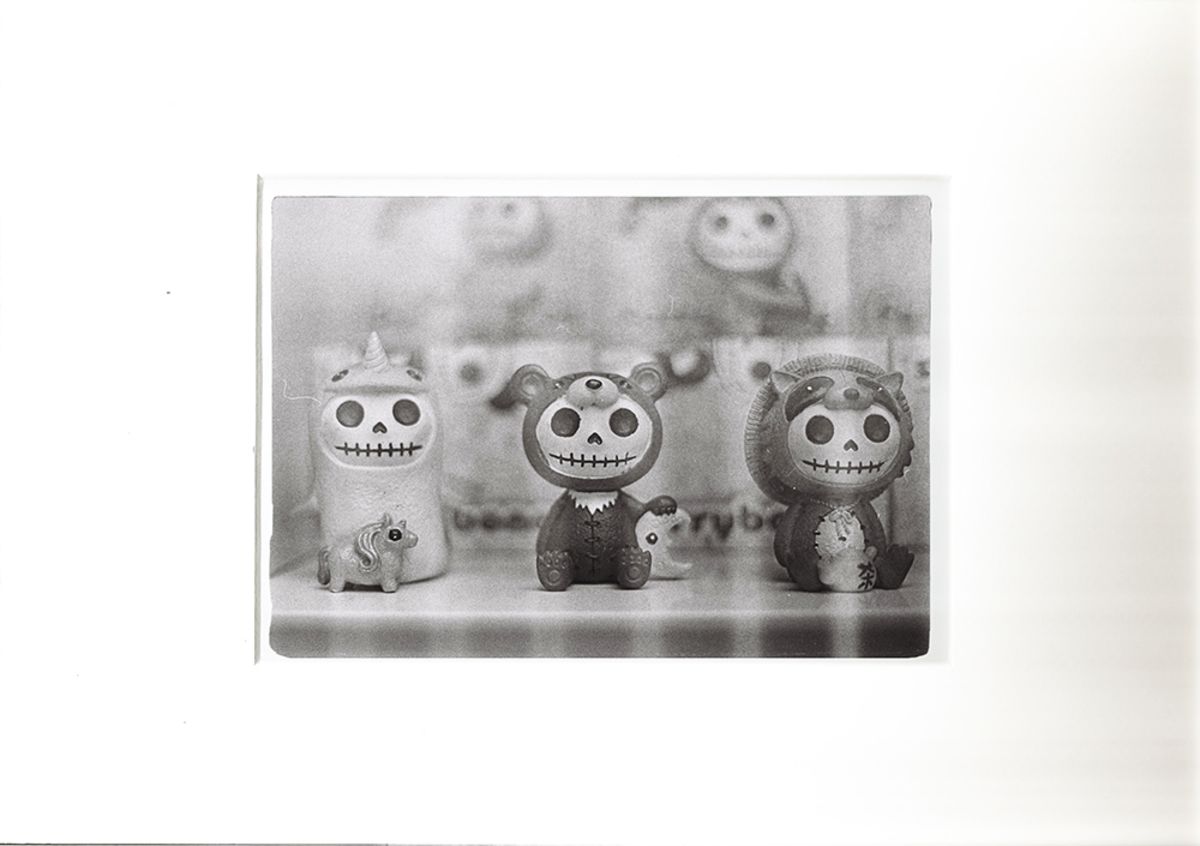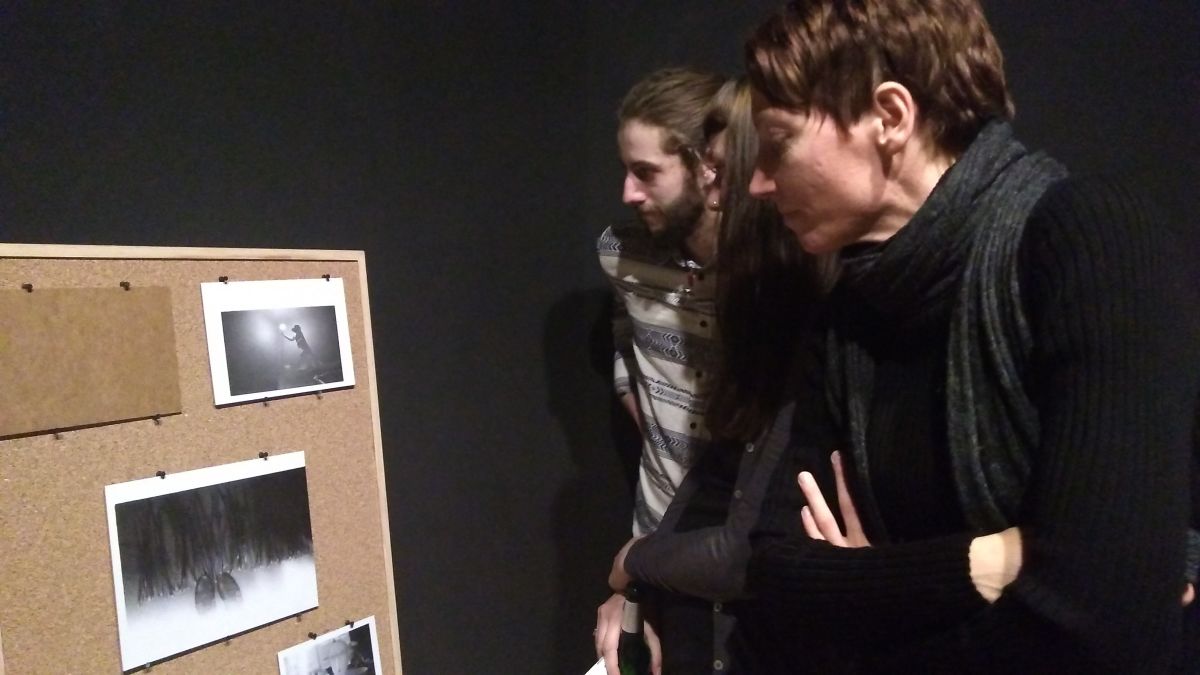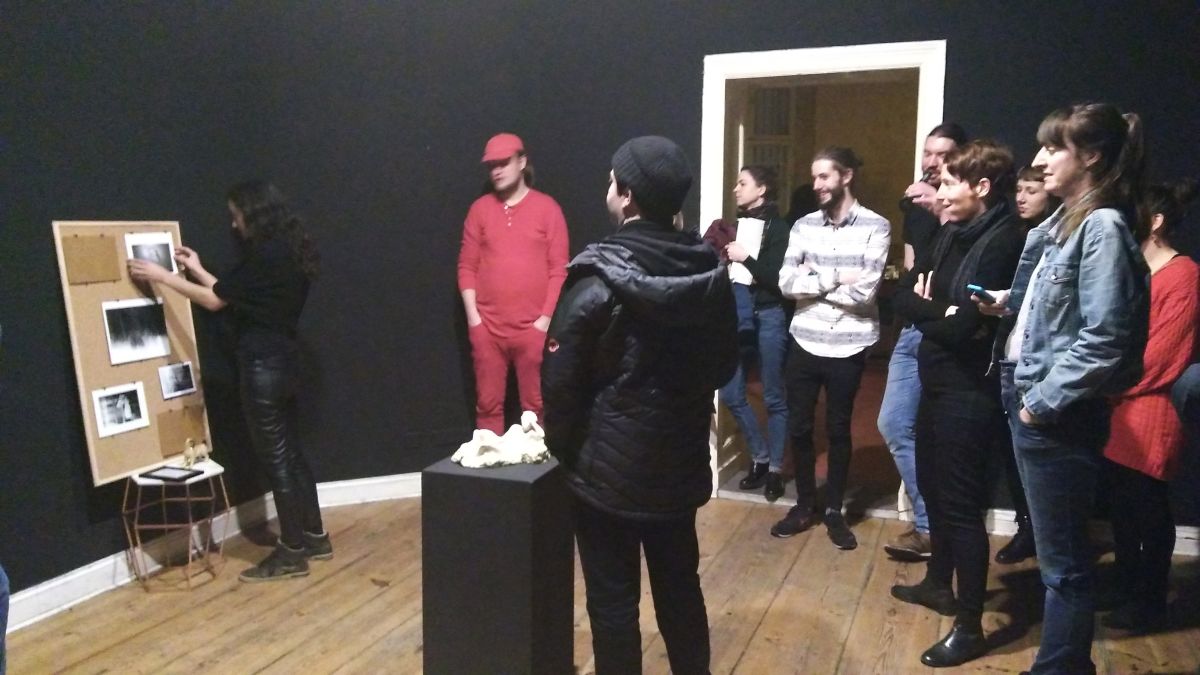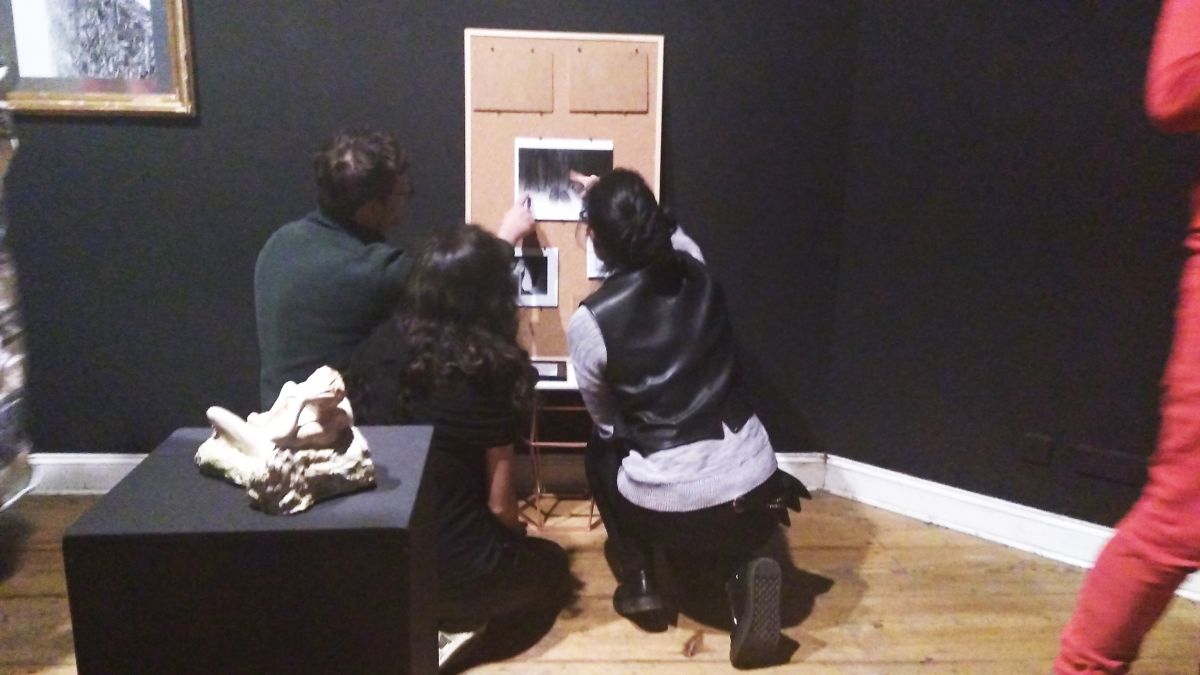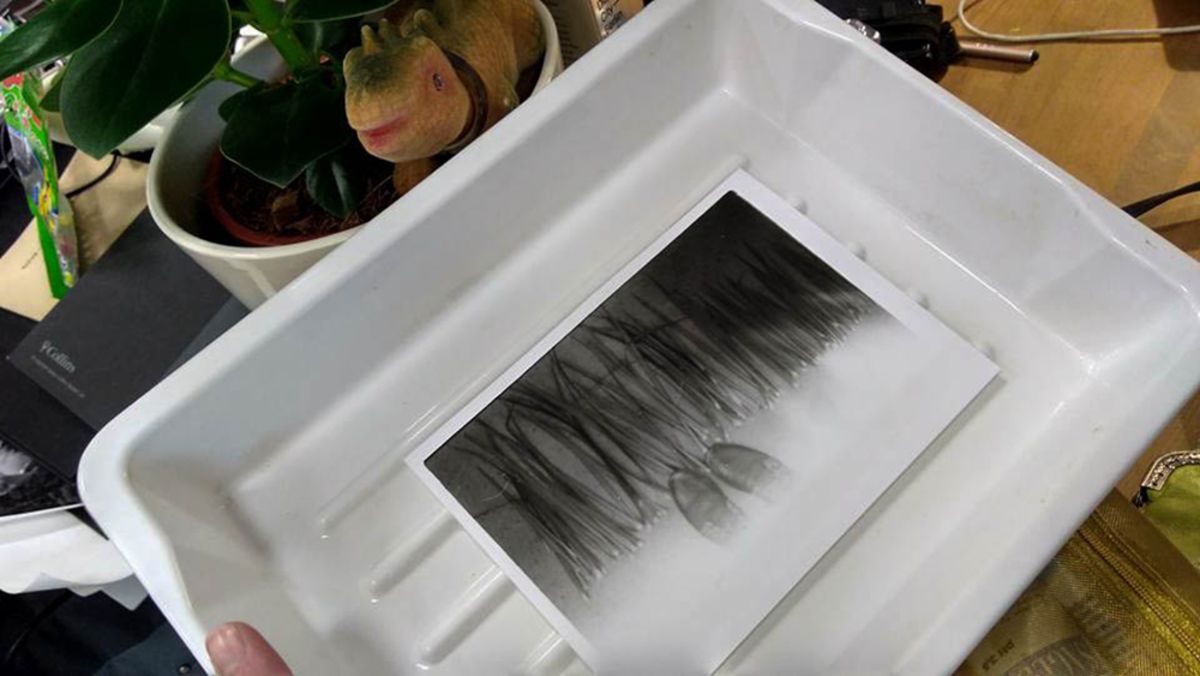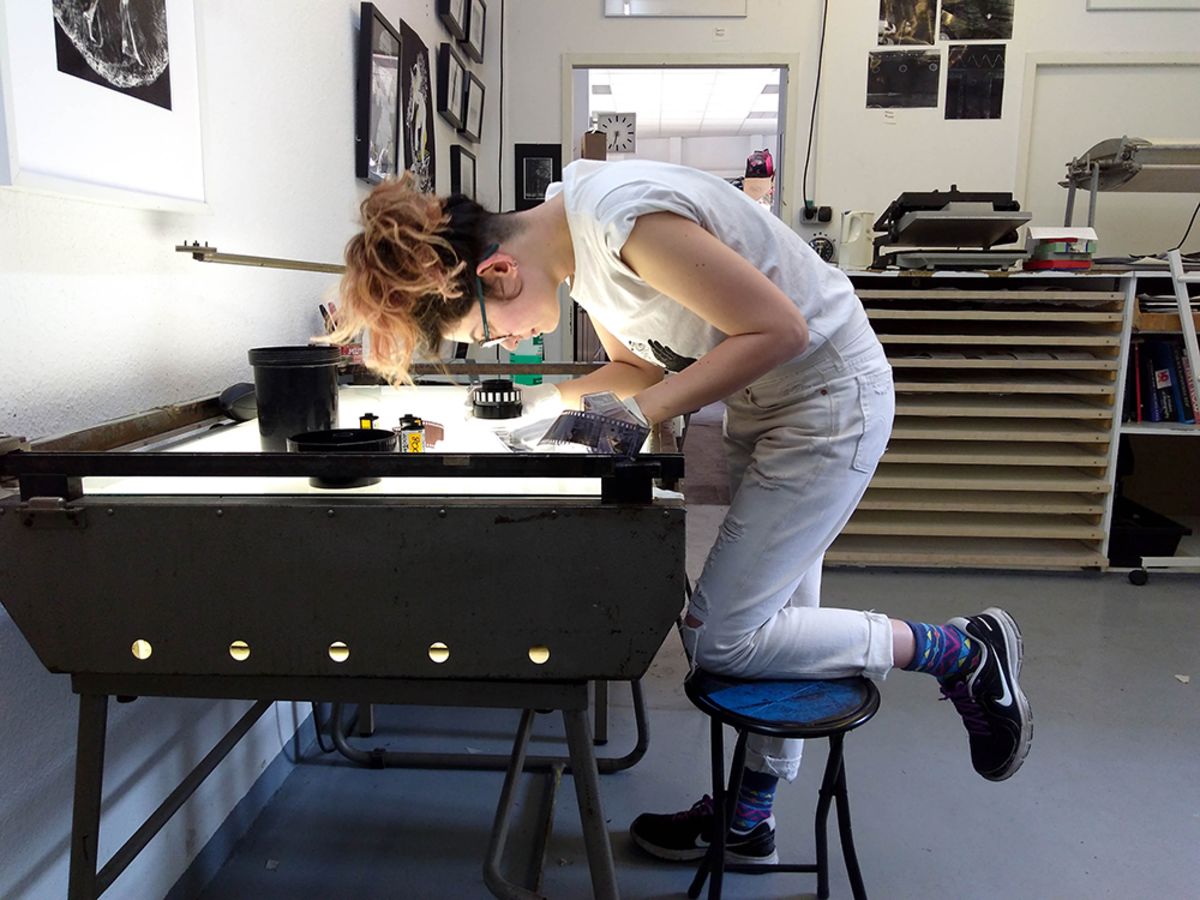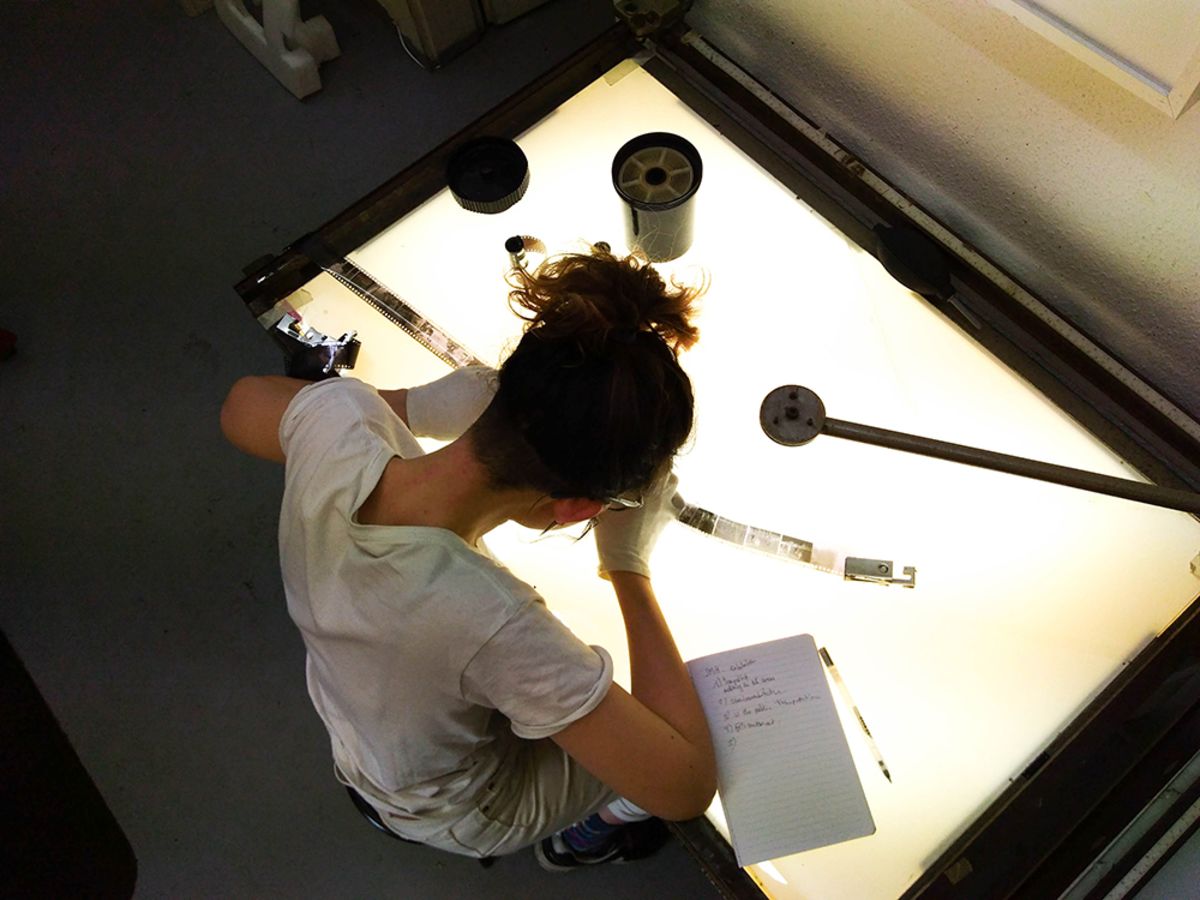Haunting dreams
- How did you come with the idea of Haunting dreams?
In 2016, after a decade of digital photography, I started to embrace the experimental possibilities of analog photography. I was first exposed to it when my neighbour gave me an old Yashica camera from the 1970’s. The camera was broken but I loved the aesthetic of the prints it produced in the dark room. I then decided to collect old cameras and focused on the emotions, vulnerabilities and flaws behind the human creative process.
- Can you tell us more about the process that is involved in the project?
First of all, I explore the possibilities of my broken cameras. The pictures often come out blurry, overexposed or out of focus. These results reveal an obsolete, dreamy and intimate aspect of the pictures. I develop all the pictures myself in the dark room and I want the process to appear on the final work. For example, I would intentionally leave dust or fingerprints on the negative films. Sometimes, I would also use chemicals that are out of date, or broken tanks to develop the films. This process is extremely cathartic, because it removes the anxiety to produce the perfect result. Exhibiting the work is an act of self-exposure, and it can be frightening because the audience doesn’t understand why the pictures look so different from what they are used to see. They can be quite critical about it.
- Can you tell us about the exhibiting process?
The work has been shown through different exhibitions and was also displayed during a 5-hour interactive show in Berlin Kreuzberg Pavillon in 2017. The setting was composed of a bedside table, a ceramic figurine and a pinboard, creating a favorable environment for an intimate and dreamy experience. Seven pictures were displayed face down on the pinboard. Every 45 minutes, the youngest visitor revealed a picture for the audience to discover a new fragment of the dream. The rhythmic presentation of the work allowed the audience to live the dream in real time and made them active in the process of looking at an image.
- What are you trying to demonstrate through this project?
Through “Haunting dreams” I want to advocate diversity and inclusivity by showing authentic unedited images that aren’t perfect. Nowadays, we are constantly surrounded by images that are thoroughly edited to show perfect content. This constant race for perfection can be very stressful and puts a lot of weight on our shoulders. I want to give a different perspective to images. I want to give the audience the opportunity to use their imagination and participate creatively in the interpretation of the images. I hope that my imperfect pictures will educate people and help them to see beauty where it can be hidden.
